Johnson Grass
chickencoupe
9 years ago
Featured Answer
Comments (16)
chickencoupe
9 years agoRelated Professionals
Forest Acres Landscape Architects & Landscape Designers · Redondo Beach Landscape Architects & Landscape Designers · Brooklyn Center Landscape Architects & Landscape Designers · Matthews Landscape Contractors · Azalea Park Landscape Contractors · Darien Landscape Contractors · Hendersonville Landscape Contractors · Lancaster Landscape Contractors · Long Branch Landscape Contractors · Ferguson Landscape Contractors · Glen Ellyn Decks, Patios & Outdoor Enclosures · Glendale Decks, Patios & Outdoor Enclosures · Minneapolis Decks, Patios & Outdoor Enclosures · Schaumburg Decks, Patios & Outdoor Enclosures · Sun Lakes Decks, Patios & Outdoor EnclosuresLisa_H OK
9 years agoLisa_H OK
9 years agochickencoupe
9 years agochickencoupe
9 years agohelenh
9 years agoLisa_H OK
9 years agooldbusy1
9 years agoOkiedawn OK Zone 7
9 years agoLisa_H OK
9 years agohelenh
9 years agochickencoupe
9 years agogmatx zone 6
9 years agoLisa_H OK
9 years agogmatx zone 6
9 years ago
Related Stories

GRASSES10 Ways to Use Ornamental Grasses in the Landscape
These low-maintenance plants can add beauty, texture and privacy to any size garden
Full Story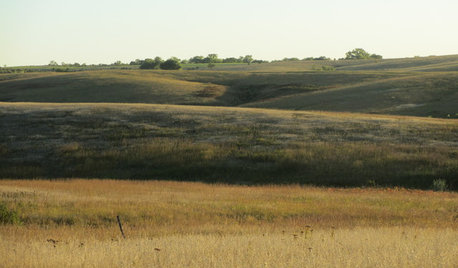
GARDENING GUIDESHow to Get Your Prairie On
Have a field day with your landscape, even if you've got just a few modern containers on a paved path
Full Story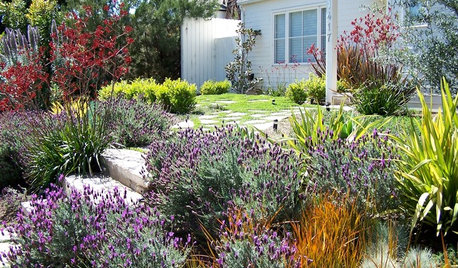
SAVING WATERGreat Plants for Lush, Low-Water Gardens
Water restrictions making your garden look washed out? Give it living color with unthirsty grasses, flowers and succulents
Full Story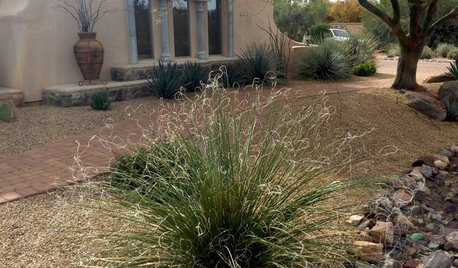
GARDENING GUIDESGreat Design Plant: Nolina Microcarpa
Grass-like beargrass with its curlicue tips adds lovely texture to drought-tolerant Southwest gardens
Full Story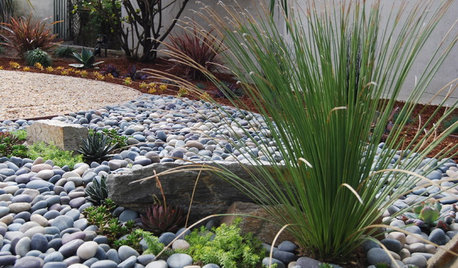
GARDENING GUIDESGreat Design Plant: Dasylirion Quadrangulatum
The drought-tolerant Mexican grass tree adds dramatic interest to the Southwest garden
Full Story
GARDENING GUIDESGarden Myths to Debunk as You Dig This Fall and Rest Over Winter
Termites hate wood mulch, don’t amend soil for trees, avoid gravel in planters — and more nuggets of garden wisdom
Full Story
HEALTHY HOME6 Tips From a Nearly Zero-Waste Home
Lower your trash output and increase your quality of life with these ideas from a mom who did it to the max
Full Story
LIFEYou Said It: ‘I Knew This Home Had to Be Mine’ and More Quotables
Design advice, inspiration and observations that struck a chord this week
Full Story
LANDSCAPE DESIGNWater-Saving Landscaping Ideas for Traditional Homes
Who says you need a lawn and roses in front of your traditional house? Try some of these drought-tolerant beauties instead
Full Story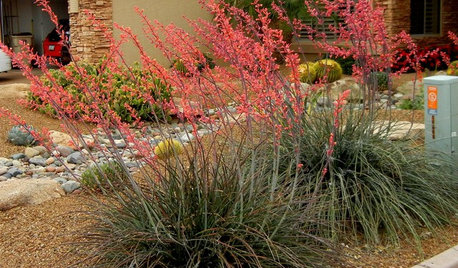
GARDENING FOR BUTTERFLIESGreat Design Plant: Red Yucca Spikes Dry Spots With Color
Neither heat nor cold nor lack of water fazes this flowering succulent, which adds spiky texture to Southwestern landscapes
Full Story





slowpoke_gardener